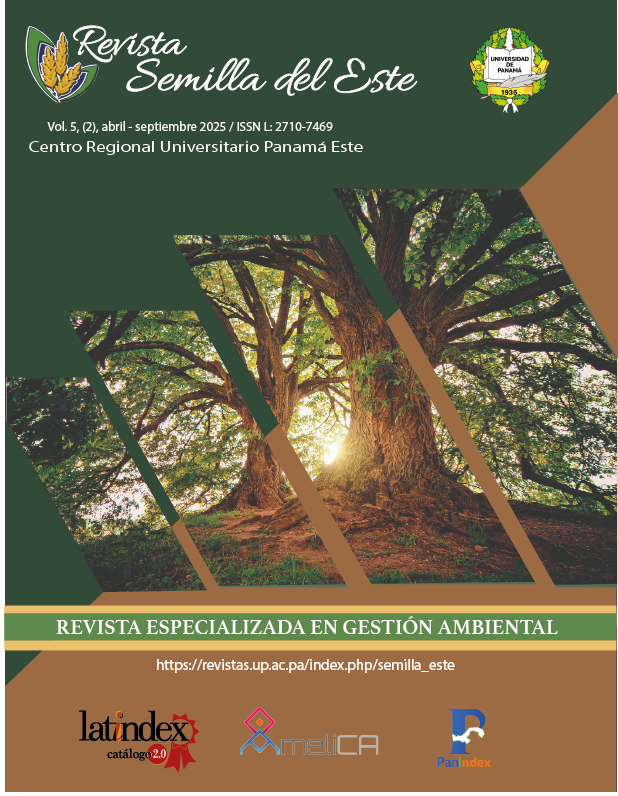

Copyright (c) 2025 Revista Semilla del Este

This work is licensed under a Creative Commons Attribution-NonCommercial-ShareAlike 4.0 International License.
This research explored the biofungicidal potential of Chlorella vulgaris against Botrytis cinerea. Through a systematic review, it was determined that extracts of C. vulgaris contain a variety of bioactive compounds, primarily flavonoids and fatty acids, which exhibit antifungal properties. These secondary metabolites interact with the cell membrane of B. cinerea, altering its permeability and triggering oxidative stress. Additionally, they inhibit the production of cell wall-degrading enzymes, such as pectinases and cellulases, which are essential for fungal infection. Flavonoids, in particular, act as metal chelators, reducing the availability of essential nutrients for the pathogen. The results suggest that, the mechanisms of action of these bioactive compounds are multifaceted and synergistic, explaining their efficacy in controlling B. cinerea. However, further studies are needed to optimize the production and formulation of C. vulgaris - based biopesticides, as well as to evaluate their impact on agricultural ecosystems and their compatibility with other crop protection products.